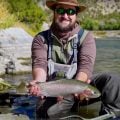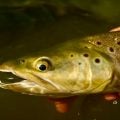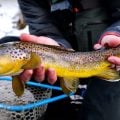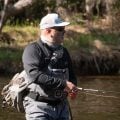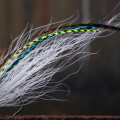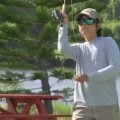Prime Gear for Predators
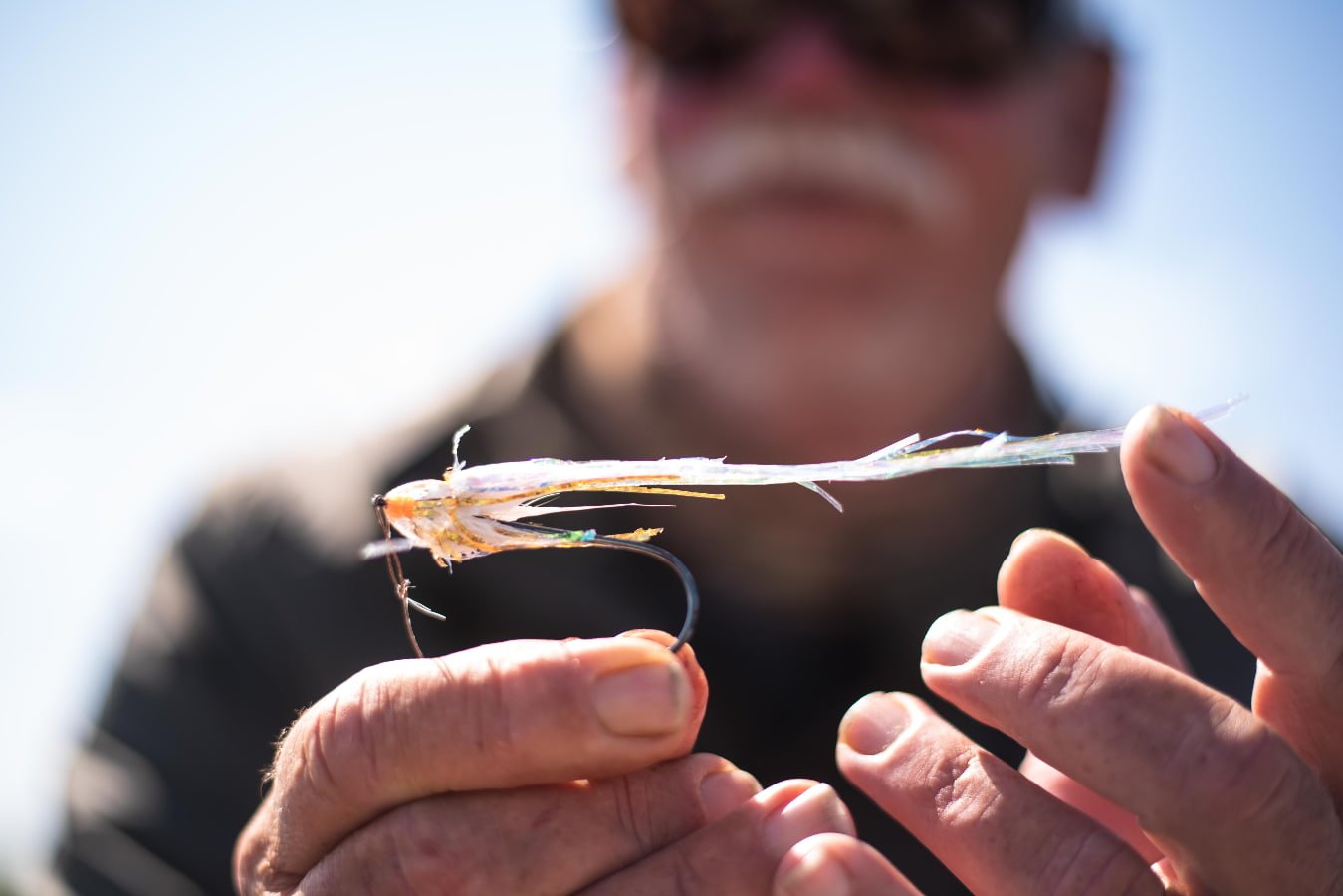
Expect flies to get shredded. Bring spares. Image by Dan Favato
Pursuing sharp-toothed fish like pike, musky, barracuda, and jungle predators demands more than just a standard fly setup. These apex hunters hit hard, fight dirty, and can destroy gear (and fingers) without a second thought. Specialized equipment is the difference between a trip to remember and a gear-failure horror story. Toothy fish aren’t subtle. Your gear can’t be either.
The First Essential is Bite-Proof Protection
Wire or heavy fluorocarbon bite tippets are mandatory. Even 100-pound mono won’t survive a committed strike from a barracuda or a big payara. Many anglers use 30–40 lb titanium or stainless steel wire, either knottable or connected with simple loops. The key is keeping the final 8–12 inches of your leader tooth-proof without compromising castability. Pre-made predator leaders are convenient, but many anglers prefer to build their own for control over length and stealth.
Fly Size Matters—Bigger is Better
Toothy predators want a meal, not a snack. That means throwing flies 6 to 12 inches long, with oversized profiles and strong hooks. Materials like bucktail, EP fiber, and spun deer hair create bulk and movement, while articulated designs with trailing hooks increase hookups—especially when predators swipe at the middle or tail of a fly. Expect flies to get shredded. Bring spares.
The Rod Needs Backbone
Most anglers choose 8- to 12-weight rods depending on species and setting. A 9- or 10-weight rod is ideal for pike and peacock bass, while 11- to 12-weights handle big barracuda or Amazonian brutes in heavy current. Some rods are built specifically for these fish, with features like elongated foregrips and fighting butts to aid with heavy casting and close-quarters fish control. Casting huge flies all day is taxing; a properly designed rod helps you last longer and cast better.
Matching Fly Lines to the Mission is Critical
Short, aggressive tapers are required to punch out big flies, especially in wind or tight quarters. For topwater work, tropical-core floating lines are ideal. But often the game is subsurface, especially in deeper lakes or jungle rivers, so fast-sinking lines (250–450 grain) get the fly down and keep it moving fast. A variety of lines—floating, intermediate, and sinking—give you the flexibility to adjust to changing water conditions and fish behavior.
Reels That Hold Their Own
When a big fish hits and runs, your reel becomes the most critical link in the system. You’ll want a high-capacity, large-arbor reel with a smooth, sealed drag that can handle long, fast runs without seizing or overheating. This is especially important when targeting species like barracuda or payara that explode into blistering sprints. A strong, reliable drag helps prevent break-offs and saps a fish’s energy during prolonged fights. Choose a reel that pairs well with your line class (nothing worse than an undergunned drag system), and one that allows for fast line retrieval when the fish runs back toward you. Many seasoned anglers bring a backup spool or an extra reel—especially when traveling to remote locations where replacements are nonexistent.
Accessories and Safety Essentials
The overlooked details often make or break a day chasing toothy fish. Start with long-handled pliers or forceps for removing hooks without getting your hands near a snapping jaw. Jaw spreaders are invaluable for pike or musky, especially if a fly is lodged deep. Carry a pair of heavy-duty hook cutters to quickly dispatch a buried hook if necessary—better to sacrifice steel than risk injury. Stripping guards or tape protect your fingers from line burns during long retrieve sessions, and landing gloves or fish grips give you safe, solid control of powerful fish coated in slime and teeth. A towel for cleanup, polarized glasses for spotting fish and hazards, and a small first aid kit with antiseptic and superglue can make a huge difference, especially in the jungle. Remote trips demand self-reliance—gear failure or a minor injury in the wrong place can end a trip early.
